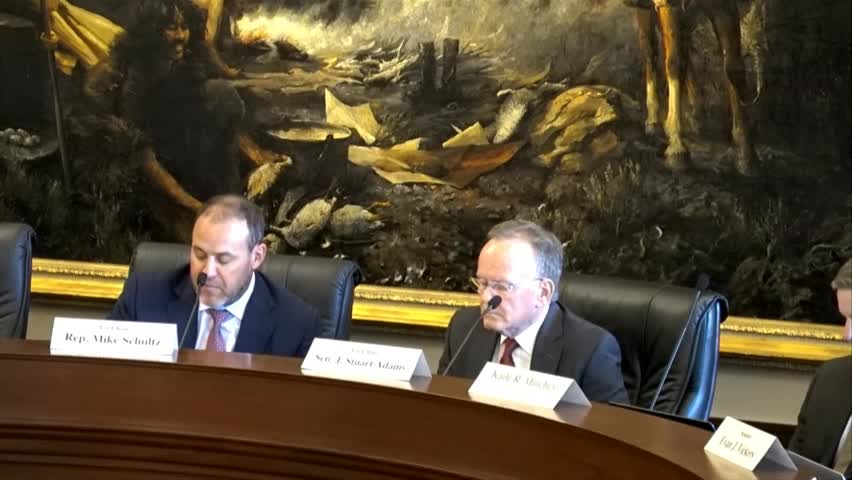Transit leaders outline bold vision for future infrastructure
April 17, 2024 | Legislative Audit Subcommittee, Utah Subcommittees, Commissions and Task Forces, Utah Legislative Branch, Utah

This article was created by AI summarizing key points discussed. AI makes mistakes, so for full details and context, please refer to the video of the full meeting. Please report any errors so we can fix them. Report an error »

In a recent government meeting, officials discussed the long-term strategic planning for transportation infrastructure in light of changing ridership patterns due to the COVID-19 pandemic. Concerns were raised about the future of transit systems as more people return to work and population growth continues.
One official highlighted the importance of preparing for the next 10 to 20 years, emphasizing the need for a strategic plan that includes setting aside funds for future projects, such as express routes and corridor acquisitions. The agency has implemented a long-range capital plan aimed at reducing its debt, which has decreased from $2.5 billion to $2 billion, allowing for more flexibility in future investments.
The conversation also touched on the necessity of adapting bus routes to better serve areas with lower ridership, reallocating resources to enhance service where it is most needed. Officials expressed optimism about potential funding from county governments, which could support transit initiatives.
Additionally, the meeting underscored the importance of collaboration with the Utah Department of Transportation (UDOT) to ensure that road projects align with transit developments. This integrated approach aims to preserve corridors for future transit use while addressing current transportation needs.
Senator Escamilla noted the critical role of infrastructure in accommodating growth, particularly in relation to the Salt Lake International Airport, which is expected to see increased transit demand. The need for improved frequency in transit services, such as the Frontrunner train, was also highlighted, with plans for double tracking to reduce wait times and enhance ridership.
Overall, the discussions reflected a proactive stance on addressing future transportation challenges, with a focus on strategic planning, funding, and collaboration to create a cohesive transit system that meets the needs of Utah's growing population.
One official highlighted the importance of preparing for the next 10 to 20 years, emphasizing the need for a strategic plan that includes setting aside funds for future projects, such as express routes and corridor acquisitions. The agency has implemented a long-range capital plan aimed at reducing its debt, which has decreased from $2.5 billion to $2 billion, allowing for more flexibility in future investments.
The conversation also touched on the necessity of adapting bus routes to better serve areas with lower ridership, reallocating resources to enhance service where it is most needed. Officials expressed optimism about potential funding from county governments, which could support transit initiatives.
Additionally, the meeting underscored the importance of collaboration with the Utah Department of Transportation (UDOT) to ensure that road projects align with transit developments. This integrated approach aims to preserve corridors for future transit use while addressing current transportation needs.
Senator Escamilla noted the critical role of infrastructure in accommodating growth, particularly in relation to the Salt Lake International Airport, which is expected to see increased transit demand. The need for improved frequency in transit services, such as the Frontrunner train, was also highlighted, with plans for double tracking to reduce wait times and enhance ridership.
Overall, the discussions reflected a proactive stance on addressing future transportation challenges, with a focus on strategic planning, funding, and collaboration to create a cohesive transit system that meets the needs of Utah's growing population.
View full meeting
This article is based on a recent meeting—watch the full video and explore the complete transcript for deeper insights into the discussion.
View full meeting

